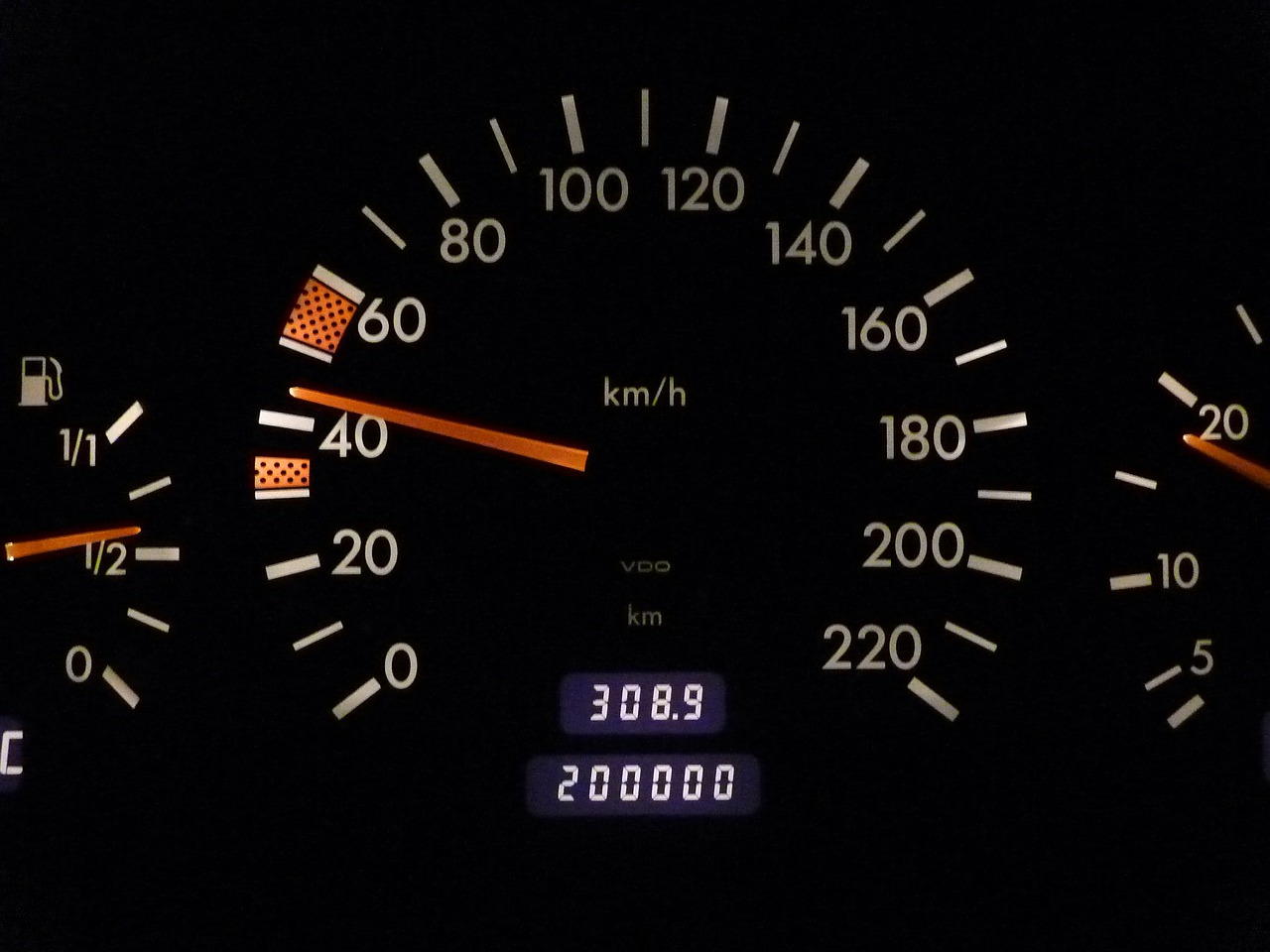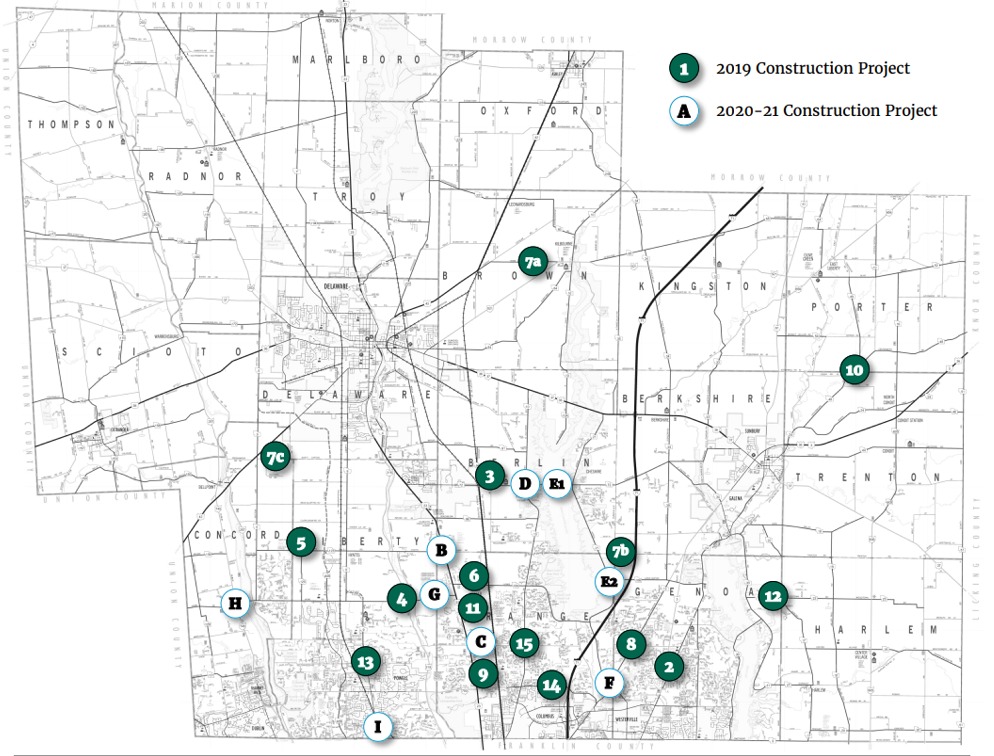On Thursday, the Ohio Department of Transportation released details about a proposal in the next two-year transportation budget, House Bill 62, to identify specific roadways where variable speed limits could enhance driver safety.
“The goal is not to constantly shift speed limits or install new speed limit signs on all of Ohio’s roads throughout the state. Instead, the Ohio Department of Transportation (ODOT) wants the ability to study specific stretches of roadway. We would analyze crash data, look at any peculiar weather phenomena, and see how congestion affects travel time to determine if a variable speed limit, one that changes only in certain conditions – such as bad weather – would improve safety along that specific stretch of road,” said ODOT Director Jack Marchbanks.
Currently, using a variable speed limit (other than in school and construction zones) is limited by law to three sites in Ohio: I-90 from east of Cleveland to the Pennsylvania border, I-670 in Columbus and I-275 near Cincinnati. If approved by the Ohio General Assembly, House Bill 62 would allow ODOT to explore the use of variable speed limits on other corridors and to install variable speed limit signs only on limited stretches of road where an analysis shows there would be a significant safety benefit.
“This proposal is part of ODOT’s efforts to protect drivers and passengers on our roads. Variable speed limits don’t make sense in every location, but they can have a huge impact on travel safety in some areas. We want to ensure we’re picking strategic locations where weather or traffic congestion create a frequent hazard to motorists,” Marchbanks said. “We only want to use it where we believe it will make a difference in safety.”
Ohio’s first variable speed limit pilot, a 12-mile stretch of I-90 in Lake County where lake effect snow regularly causes whiteout conditions that can lead to multi-vehicle pileups, has been a huge success. Since the variable speed limit signs were installed, there have been no fatalities on that stretch of interstate during snow fall and only one serious injury. Crashes during snow fall have dropped by more than fifty percent.
Ohio’s first pilot project to test a rush hour variable speed limit on a congested corridor, the I-670 SmartLane project in Columbus, will open later this year. During peak hours on many Ohio highways, excessive starting and stopping of motorists results in waves of backed up vehicles and the potential for increased accidents. The goal of the I-670 SmartLane project is to lower the eastbound speed limit during the evening rush hour in order to help reduce the stop/start cycle that leads to more time lost sitting in traffic and more crashes. The project also includes converting the inside eastbound shoulder to a travel lane for several hours in the evening to help get more vehicles safely through that highly-congested stretch.
Although the use of variable speed limits is a relatively new concept in Ohio, they have been very successful in other states, and other parts of the world, at reducing crashes. In Europe, crashes dropped by nearly 30 percent since using variable speed limits during rush hour in highly congested areas. Secondary crashes, the result of backed up traffic caused by an earlier crash, dropped by 50 percent.










